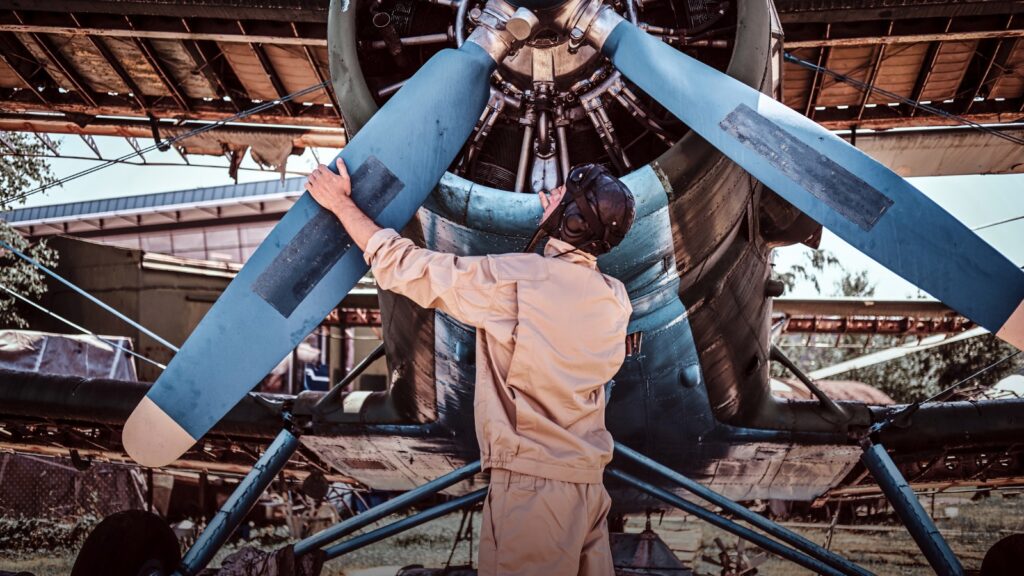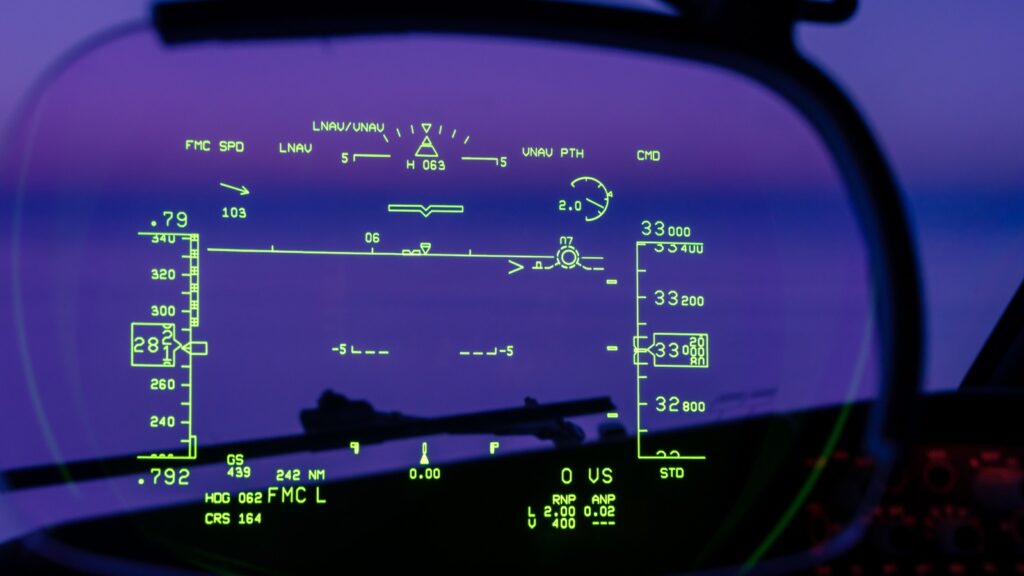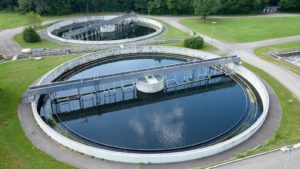As it was calculated, more than 4.95 million passengers travelled with domestic flights in Australia back in 2022. Since there is a rapidly growing demand for the aviation industry, it is highly necessary for the aviation authorities to ensure the safety of those passengers. That is where they require cutting-edge technology. In order to address this requirement, predictive analytics comes in as the best solution. With its outstanding integrational capacities and features, predictive analytics can take care of safety concerns in passenger operations, weather predictions, handling security issues and ground missions, etc.
In this article, we will discuss the need for predictive analytics in the aviation industry and its application for ensuring safety of the aviation operations.
What Does It Refer to as 'Predictive Analytics'?

Predictive analytics is the term utilised to describe the application of statistics and modelling strategies to forecast future results and performance. With predictive analytics, data trends in the past and present are examined to see if they are likely to reappear. This enables companies and investors to change where they allocate their resources in order to profit from potential future occurrences. Also, operational savings and risk reduction can be increased through predictive analysis.
When a specific field such as aviation is concerned, predictive analytics gives valuable insights as this is an industry where it runs through lots of complex business proceedings. Since the aviation industry consists of various aspects, application of the predictive analytics technology, to the heavy workload that can not be manually done, is highly possible to be streamlined accurately.
Top 8 Ways Predictive Analytics Address Safety Concerns in the Aviation Industry

Early Detection of Maintenance Issues
The aviation industry is where there are multiple cases of maintenance occurring daily. When implementing predictive analytics into those maintenance operations, the authorities have high opportunities to ensure the safety of the flights, passengers, and other complex logistic tasks. The early detection capacities allow predictive analytics to inspect potential threats to the airport machinery and the mechanism of the aeroplanes. One small failure might lead to the loss of hundreds of passengers and millions of properties within a second in this field.
Airlines are better able to maintain their aeroplanes in outstanding condition and increase overall flight safety if they can anticipate and avoid probable problems or errors. Passengers and industry stakeholders alike gain trust from this proactive maintenance approach, which helps to create a safer flying environment.
Enhanced Risk Assessment
Risk assessment and its streamlined management is another highly valuable benefit that this sector can receive through it. This technology’s capability to analyse historic data is an essential step to assess the future risks. After the inspection and assessment process is done, predictive analytics transmit the necessary data to the operators which will be useful in making data-driven decisions.
Aviation specialists could proactively pinpoint areas of concern, put preventive measures in place, and improve safety processes by analysing patterns and trends from previous flights. Predictive analytics-enhanced risk assessment makes sure that possible risks are found and handled before they become serious, making the aviation environment safer and more secure for passengers, crew, and all other parties involved.
Weather Prediction and Avoidance
Nobody can assure the good condition of the weather which is a key point of making aviation operations safe. When this industry trusts the data analytics they receive through the predictive models, they can gain knowledge on the possible weather changes which can suddenly occur. Predictive analytics can analyse weather patterns and offer useful and accurate forecasts in a timely manner. This functionality enables the airline authorities and the pilots to determine the severe weather conditions as well as flight routes according to the situation.
Aviation professionals can minimise risk factors and improve passenger safety by incorporating weather prediction and avoidance methods into their operations. This proactive strategy makes travel for everyone safer and more comfortable while preventing weather-related issues.
Crew Performance Analysis
Not only the machinery and software systems, but the service of the crew is one measurement that will directly affect aviation safety. Predictive analytics offer crew performance analysis as one of the major benefits when it comes to ensuring the lives of passengers are in safe hands. Pilots and the other crew members are detected through this and their performance histories, behaviour patterns while on duty, decision-making records, and adherence to the procedures are investigated, and based on them predictive analytics can give a full picture of the crew performance.
The identification of prospective areas for improvement and the development of focused training programs are made possible by this information. Aviation professionals could enhance the overall competency and preparation of their crews, lowering the risk of human error and promoting a safer flying environment, by proactively addressing any performance gaps.
Boosted Ground Operations
Ground operations in the aviation industry receive major emphasis when it comes to the safety concerns of the people and machinery. Downtime of the systems and machines can cost millions of losses and this can happen any time any day. When this new technology is implemented with sensors, it can analyse the conditions of the systems and machinery and give predictions for maintenance and system updates. Also, it will notify the operators about the replacement of the above-mentioned equipment.
Airlines can uphold a safe and orderly ground environment by spotting and resolving any problems before they become serious. Predictive analytics’ increased ability to optimise ground operations raises overall safety standards, simplifies airport operations, and promotes a safer and more dependable aviation sector.
Predicting Bird Strikes
According to the Australian Transport Safety Bureau (ATSB) reports more than 16,000 bird strikes were reported in less than a decade. It is one aspect that aviation authorities put much attention to as it directly encounters the safety issues of the industry. Generally, the migration patterns of the birds do not change rapidly. That is when predictive analytics should enter the scenario. With this advanced technology, it can analyse the historic data of bird strikes and bird migration patterns in real time. After that, it can offer valuable insights into the possible future threats due to bird strikes and can alert the authorities in advance.
In order to mitigate the chance of bird attacks during takeoff and landing, this proactive strategy enables airports and airlines to put out preventive actions, such as modifying flight paths or putting in bird deterrents.
Real-time Flight Monitoring
Using real-time data streams, predictive analytics continually analyses several flight parameters, enabling fast identification of any deviations or irregularities that might threaten safety. This proactive strategy enables airlines and air traffic controllers to quickly respond and make decisions to protect the safety of passengers and crew by enabling fast notifications about potential dangers.
This technology helps to avoid or reduce possible safety risks like airspace violations or unexpected weather changes by continuously analysing crucial flight data.
Predictive Safety Training
Latter involves complex data analysis to look at safety event data and find patterns and trends. As a result, aviation authorities are better equipped to identify possible problem areas and undertake focused safety training initiatives.
Pilots, crew members, and ground staff can get specialised training to address potential vulnerabilities and enhance their reaction to life-or-death circumstances by addressing particular safety risks.
Filling the Gaps of Aviation Safety Concerns Utilising New World Technology

When walking down a path to ensure a safe operational environment in the aviation industry, the employment of new technology plays a key role. It can assist in transmitting accurate information throughout the system eliminating human errors by a considerable amount and it will strengthen all the business and mechanical operations with its powerful functionalities.







